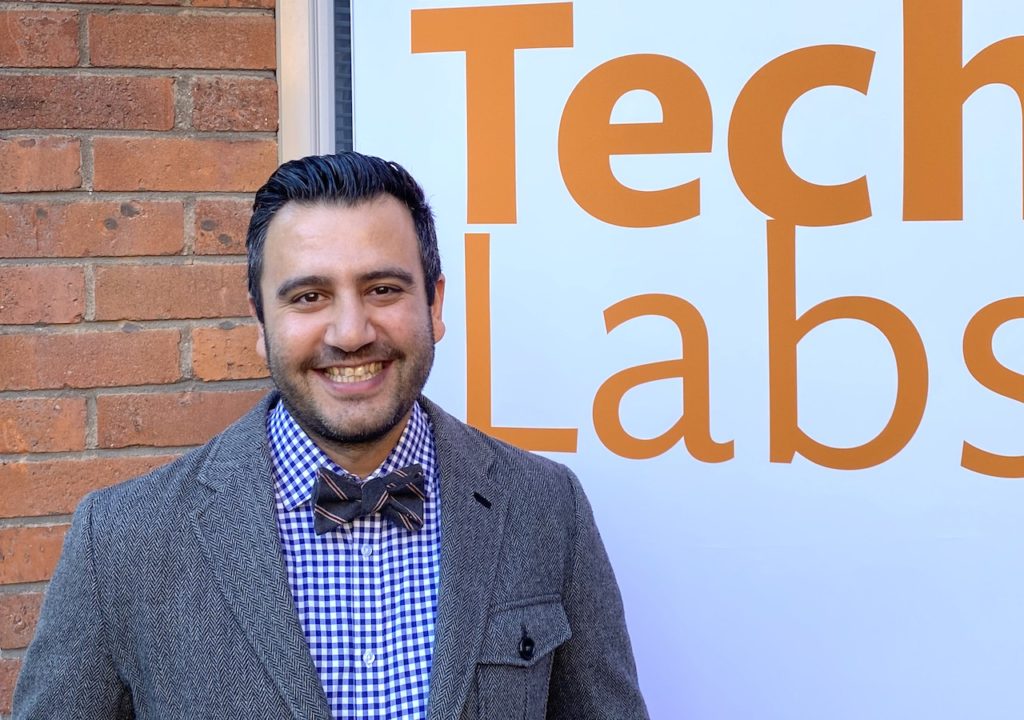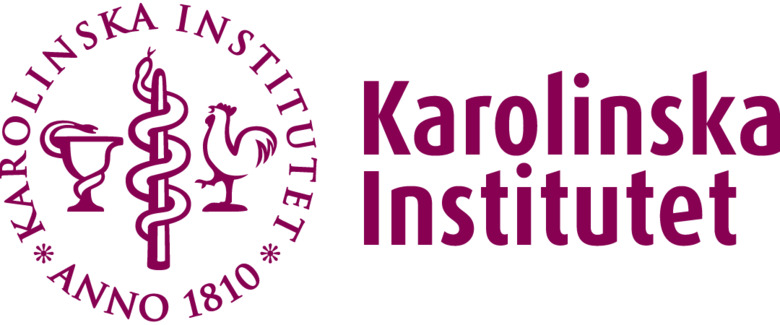Interview with Dr Amir Pourmorteza
How photon counting CT is changing the healthcare. 20th of October 2022, Dr. Amir Pourmorteza held a lecture titled “State of the art and future for medical imaging in healthcare” at Karolinska Institutet, invited by MedTechLabs. We had a chance talking to him just after the well visited seminar at Nobels väg 11 in Solna.

Hi Amir! You’re in Stockholm for the disputation of Fredrik Grönberg for which you were the opponent. And now you held this much appreciated lecture. What else will you be doing at your stay here?
– I will also see the new photon counting CT-scanner at MedTechLabs just across the street from here. This, and meeting and discussing with colleagues here at KI and KTH. I also brought some samples that could be useful for developing new applications of this technology.
What is your key take-away of what photon counting imaging will bring about to the healthcare?
– Photon counting CT gives us ultra-resolution, obviously, but there are also applications that simply are not possible without photon counting. Like spatial resolution and multi-contrast imaging. In oncology where you use different contrast agents to determine the treatment, this will be very useful. Photon counting CT will also be used in minimal invasive surgery. It takes time for the surgeon to follow the vessels and find the right path. With robotics and 3D-guidence, these processes will be faster and better. And it will be possible to use automation better, at least for parts of the surgery, which is a huge step. One thing that my research shows it that with ultra-resolution, we will now also have to consider anatomic movement, this was not of importance before. In the same way that we make motion estimation and correction adjustments for medical imaging of the heart, we will need to do it for the abdomen and the brain. Everything in the body pulsates. So, this is an open problem right now.
So, big changes for the surgeon and physician?
– There might be an adjustment for the radiologists as well, because they will have to read different kind of images. Will it take longer time to identify a tumor with a ultra-resolution image than a standard image, because of all the new information, or will it be easier? There will be new challenges for the computer programmers as well. These are non-technical issues, but they are important and will affect the workflow. There are only about 1 000 ultra-resolution scans in the whole world right now, so we don’t know that much on how working conditions will change.
What areas besides cancer and tumors will be getting better diagnosis and treatment?
– There are many, but I can give you one example. Children with cystic fibrosis will need to have many scans once the disease is identified. With photon counting CT their radiation doses could be reduced with 95 percent. The drugs used for their conditions come with side effects, so you really want to verify if they have the desired effect on the individual child. With photon counting imaging it’s easier to see in detail if the airways are benefiting from the drug used, you could see changes in the thickness of the mucus within one month instead of having to wait three months to see the effects. This also important since the drugs used are expensive, you don’t want to waste them.
Dr. Amir Pourmorteza is an assistant professor of Radiology and Biomedical Engineering at the Emory University and Georgia Institute of Technology. He is the director of Advanced Medical Imaging and Reconstruction Laboratory at Winship Cancer Institute. His research interests include translational of CT technologies and the impact of novel CT technologies on clinical workflow. He is an internationally known pioneer in the field of photon-counting CT. Dr. Pourmorteza was a staff scientist at the NIH Clinical Center where he conducted numerous first-in-human experiments on photon-counting detector CT.

